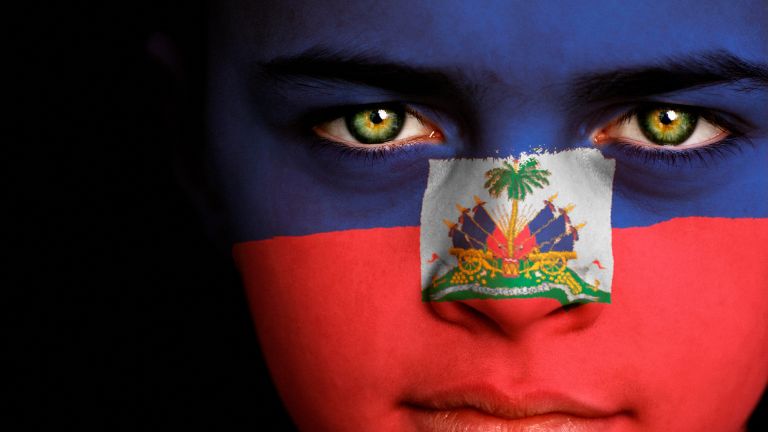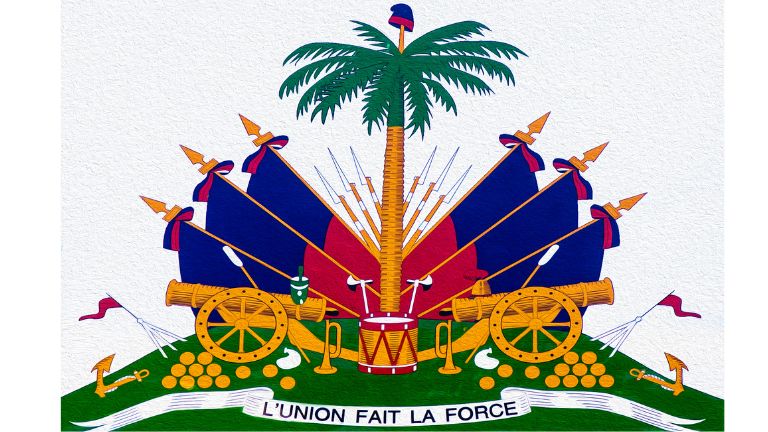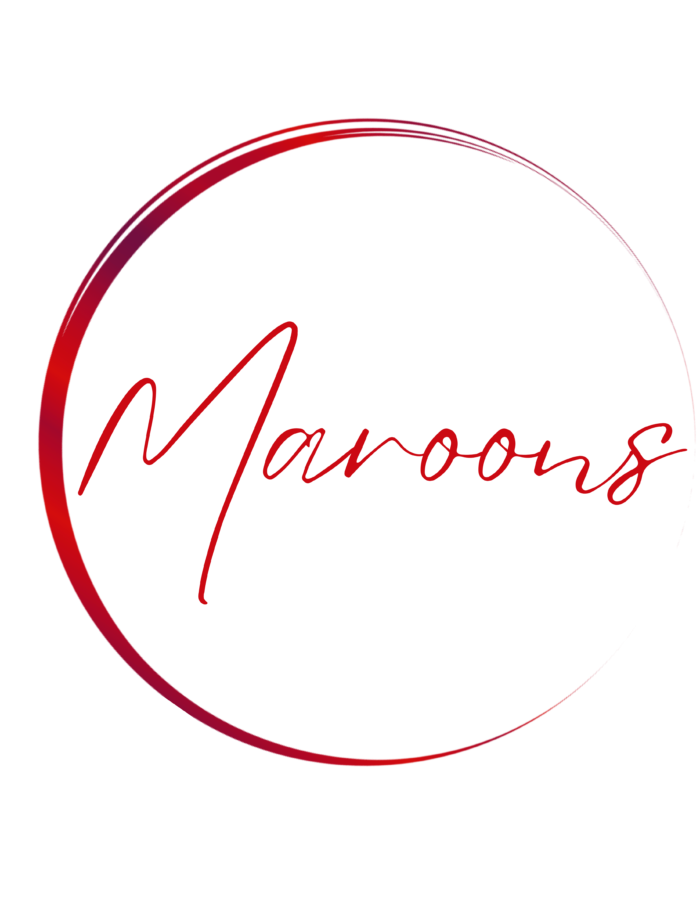The flag of Haiti is much more than just a colorful piece of cloth. It embodies the fascinating history of a people who freed themselves from slavery and proclaimed their independence during the Haitian Revolution. In this article, we’ll delve into the history of the Haitian flag, from its conception during that revolutionary period to its use and significance today.

The origins of the Haitian flag:
The Haitian Revolution, which broke out in 1791, marked a major turning point in human history. Haitian slaves rose up against their French colonial oppressors and succeeded in gaining their freedom after a bitter struggle. It was during this tumultuous period that the Haitian flag came into being, symbolizing the ideals of liberty, equality and fraternity that inspired Haiti’s leaders of the time.

The colors and their meaning:
Haiti’s flag is composed of two horizontal stripes, blue at the top and red at the bottom. These colors were carefully chosen to represent revolutionary ideals. Blue symbolizes hope and freedom, while red evokes the courage and sacrifice of Haitian fighters. These colors also recall the ideals of the French Revolution, which played an inspiring role during the Haitian revolution.
Central symbols :
At the heart of the Haitian flag is a large white square, representing purity. This square is surmounted by a red hat, known as the « Bonnet Rouge », symbolizing liberty. On either side of the white square are two crossed rifles, symbolizing the defense of the Haitian nation against any threat. These symbols embody the resistance and fighting spirit of the Haitian people to protect their newly won freedom.

Evolution of the flag :
Since its creation in 1804, the flag of Haiti has undergone a few minor modifications, but its fundamental design has remained unchanged. In 1806, the horizontal stripes were inverted to give the flag its current shape. These modifications did not alter the deeper meaning of the flag, but rather strengthened its symbolism.
Use and national pride:
The Haitian flag is omnipresent in the country’s daily life. It is proudly displayed on homes, public buildings and monuments, testifying to the national pride of Haitians. During national celebrations, such as Independence Day, the flag is hoisted brightly, serving as a powerful reminder of past struggles and victories achieved. It is also waved at sporting gatherings, political events and demonstrations, reinforcing the sense of unity and national identity.

In conclusion, the Haitian flag embodies the spirit of struggle, freedom and national pride of the Haitian people. It is the silent witness to a revolution that left its mark on world history, when slaves succeeded in freeing themselves and founding the first independent black republic. Over the years, the Haitian flag has become a powerful and timeless symbol, representing the resilience and determination of a people in the face of challenges. Today, it continues to inspire Haitians and remind the world of the importance of the struggle for freedom and human dignity.
See also our article: The history of the Guadeloupe flag










